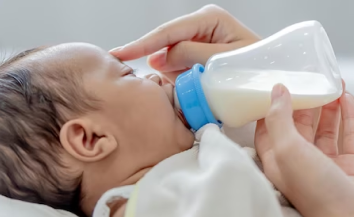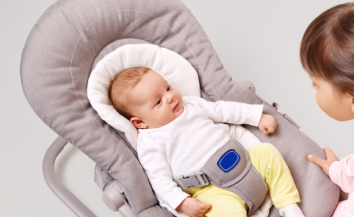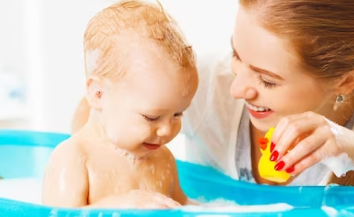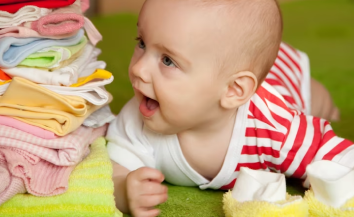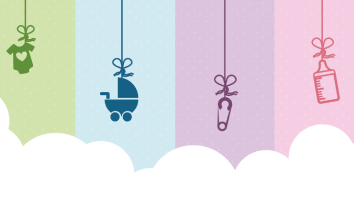You may also like…
‘’Raising a baby is like running a 24-hour laundry service, except the clothes are never clean and they’re always covered in bodily fluids.’’
Why is baby hygiene important?
There are several reasons why it is important to practice good hygiene for babies:
Prevention of infections: help to prevent the spread of infections and illnesses, such as diarrhea, respiratory infections, and skin infections.
Reduction of diaper rash: reduce the incidence of diaper rash, which is a common skin irritation that can cause discomfort for babies.
Promotion of good health: bathing and oral care, can help to promote overall health and well-being of babies.
Maintenance of skin health: Regular bathing and moisturizing can help to improve the health of a baby’s delicate skin and prevent dryness and itching.
Better sleep: regular bathing and clean clothing, can help babies sleep more comfortably and have a better quality of sleep. What is baby hygiene?
Here are some key components of baby hygiene:
Bathing: Regular bathing is important to keep a baby’s skin clean and to prevent infections. The frequency of bathing depends on the baby’s skin type and activity level, but it is generally recommended to bathe a baby once or twice a week.
Diapering: Changing a baby’s diaper regularly is crucial in preventing diaper rash and maintaining good hygiene. The frequency of diaper changes depends on the baby’s age and the type of diaper they are wearing, but most babies will need to have their diapers changed about 8-12 times a day.
Nail Care: Keeping a baby’s nails trimmed is important to prevent scratching and injury. Nails should be trimmed regularly, especially after the baby has been asleep, as this is when they tend to grow the fastest. There are special kids’ nail-cutters that you might want to use.
Eye and Ear care: Cleaning a baby’s eyes and ears regularly is important to prevent infections. This can be done using a damp cloth or cotton swab.
Oral hygiene: Cleaning a baby’’s mouth regularly is important to prevent infection and to promote healthy teeth and gums. This can be done using a damp cloth or a soft-bristled toothbrush.
Powered by Froala Editor


